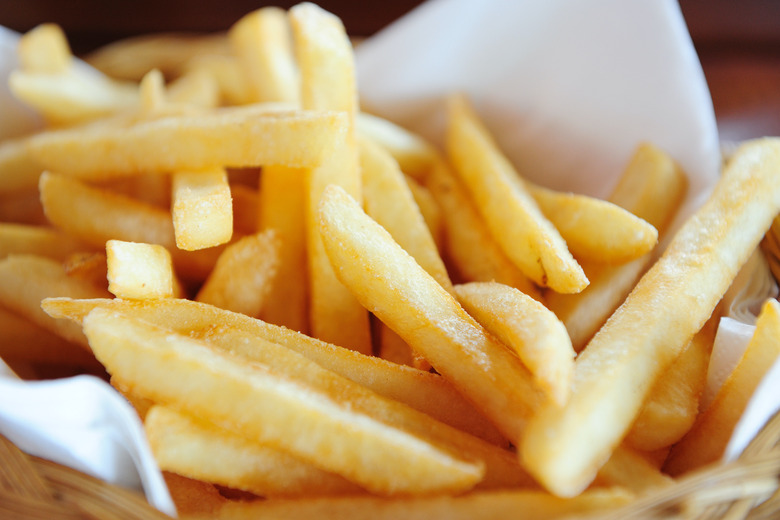What Are Trans Fats?
If you look at the nutrition facts on something you bought at the grocery store, you might notice the words "trans fats." They also are present in other foods that may not come with an ingredients label, like fried chicken.
Heart Healthy Foods to Add to Your Diet
According to the American Heart Association, there are two types of trans fats. The first occurs in small amounts naturally in meat and dairy. The second is artificial and is made by adding hydrogen to liquid vegetable oils. This gives products a better taste and texture.
Many fast food joints use trans fat to deep-fry food because it can be used over and over again in commercial fryers. That said, certain jurisdictions like California, New York City and Baltimore have reduced or restricted the use of trans fat in restaurants altogether.
Why? Studies have shown trans fats increase inflammation, the immune system's response to injury or infection. Inflammation is linked to heart disease, stroke, diabetes and other chronic health conditions.
To control the amount of trans fats in your diet, check the nutrition label on products like margarine and coffee creamers at the store before you buy them. If you see "0 grams of trans fats," it might still include 0 to 0.5 grams. To double-check, look for "hydrogenated oils" or "partially hydrogenated oils" on the ingredients list.
Trans fats can be found in many foods including doughnuts, cakes, pie crusts, biscuits, frozen pizza, cookies, crackers and more. Focus on a diet plentiful with fruits and vegetables, whole grains, low-fat dairy products, poultry, fish and nuts, and limit your intake of the most inflammatory foods you can put in your body.
